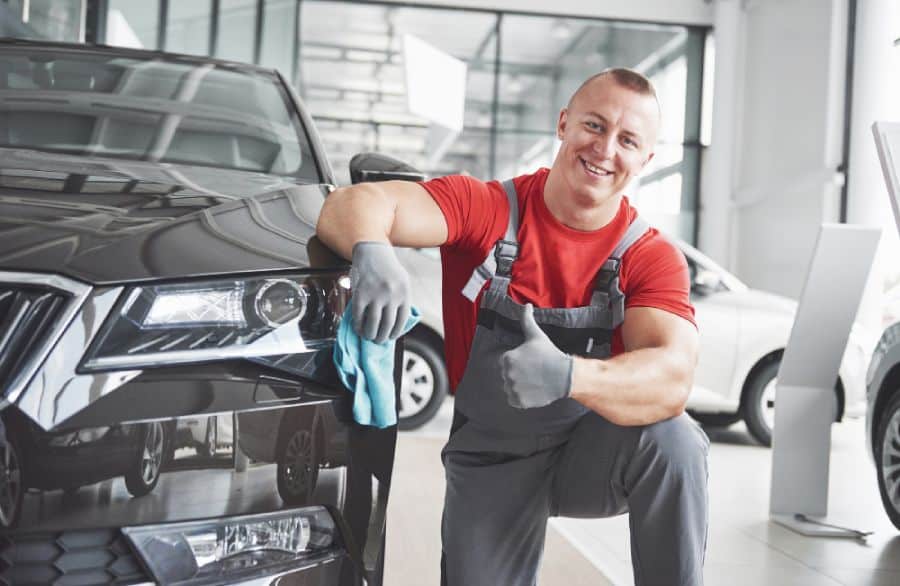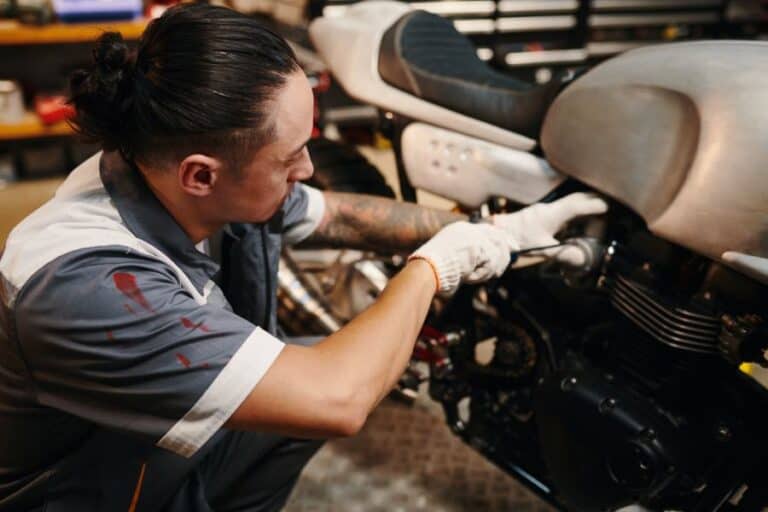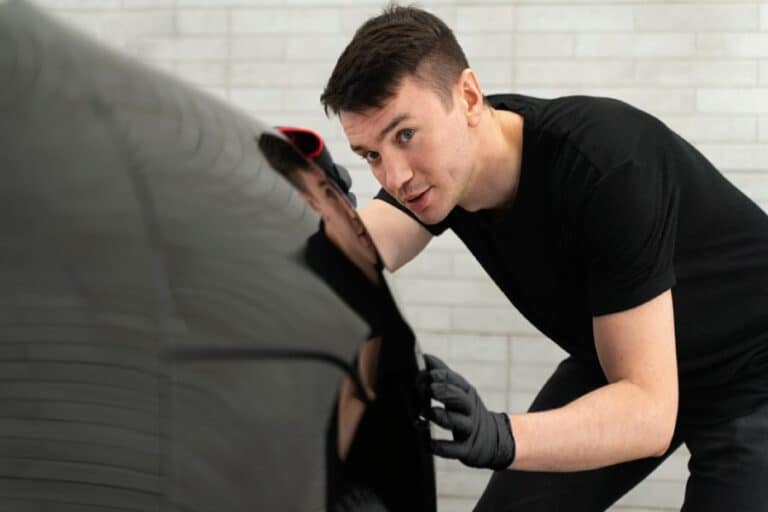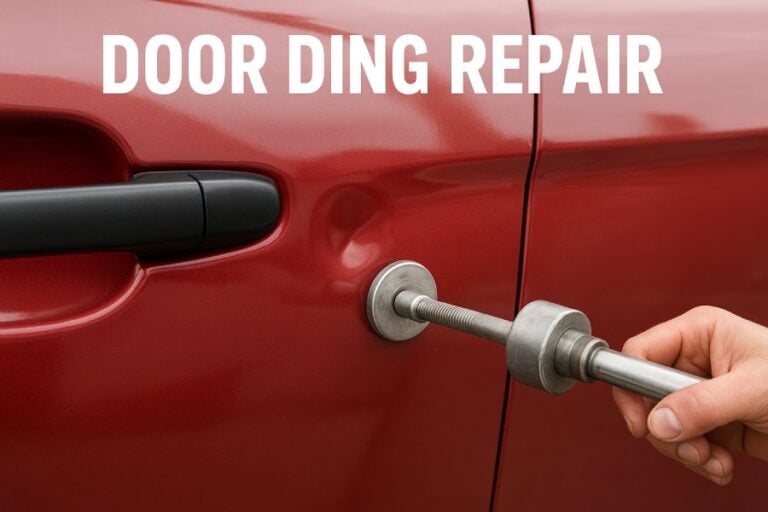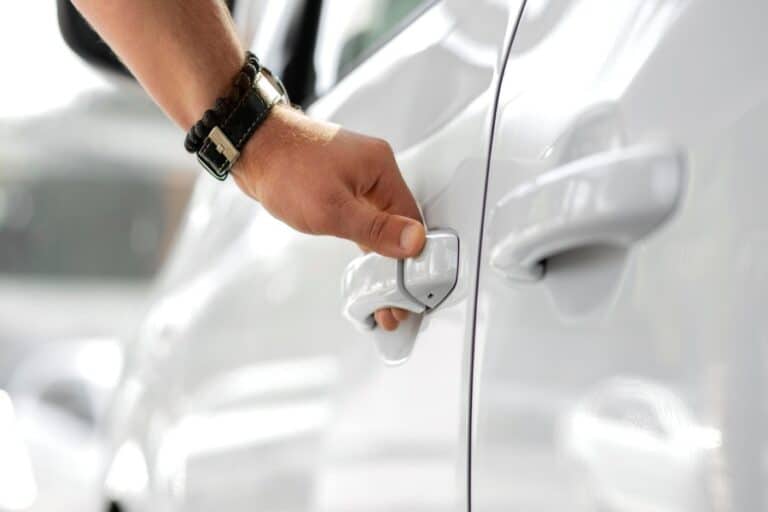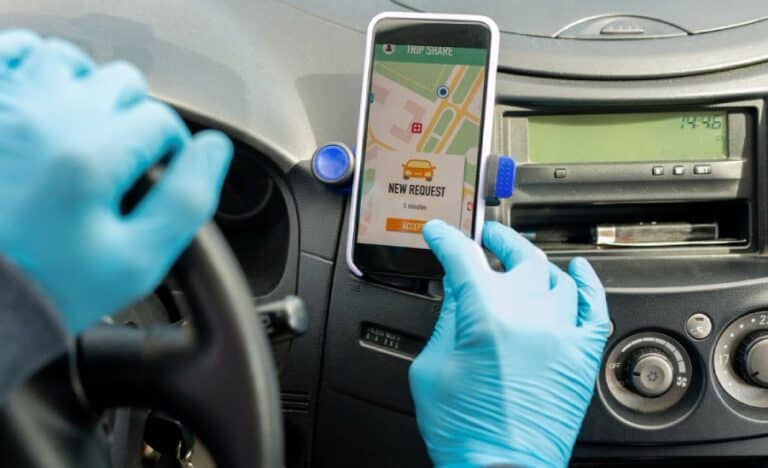The Evolution Of Dent Repair: From Traditional Methods To Paintless Dent Repair Techniques In Idaho
Car maintenance has seen a significant evolution throughout the years. From the early days of rudimentary dent repair Idaho techniques to more advanced, less intrusive methods, the journey has been nothing short of remarkable. The evolution of dent repair technology is an exciting story, one that has been marked by ingenuity, meticulous craftsmanship, and the relentless pursuit of convenience and efficiency. One of the regions where this trend has been significantly noticeable is Idaho. In this article, we will dive into the transformation of dent repair methods, from traditional to modern paintless dent repair techniques, in Idaho.
Traditional Dent Repair Methods
Before we delve into the current techniques of dent repair, it’s crucial to understand the traditional methods that paved the way. These methods served their purpose well at the time, although they exhibited several drawbacks. They included body filler & sanding, panel replacement, and heat and cold techniques.
Body Filler and Sanding
One of the oldest techniques in dent repair involves the use of body filler and sanding. This method was primarily used for significant dents. The repair process involved sanding down the affected area, applying a layer of body filler, and then smoothing it out to match the rest of the body panel. After the filler dried, the technician would paint over it to match the vehicle’s existing color.
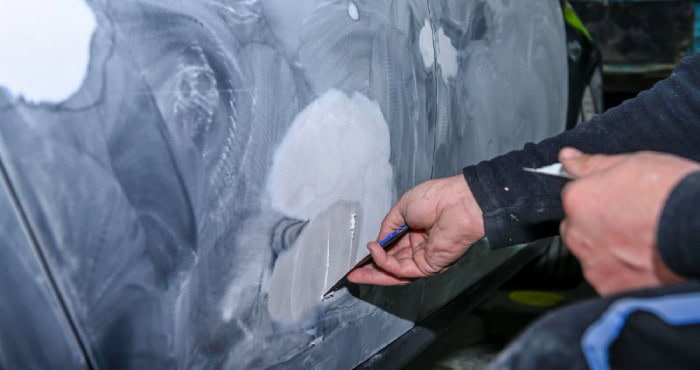
However, this method had its downsides. It was time-consuming and required a high level of skill to achieve a smooth and seamless finish. Furthermore, the repair job was not always long-lasting. Due to weathering in Idaho and car washes, the filler could crack or peel over time, leading to a need for further repairs.
Panel Replacement
In cases where the dent damage was extreme, mechanics often opted to replace the entire body panel. This method involved removing the damaged panel and installing a new one. The new panel would then be painted to match the rest of the vehicle.
This method provided a “new” appearance, but it was costly, labor-intensive, and often led to inconsistencies with the car’s original paint—especially for older vehicles where the paint color might have been discontinued or faded over time.
Heat and Cold Techniques
Utilizing the principles of thermal expansion and contraction, the heat, and cold techniques presented a less invasive method. By rapidly heating a dented area and then cooling it, technicians could pop out small to moderate dents.
This practice had the advantage of being quicker and less labor-intensive than previous methods. However, it also carried risks of paint damage due to the extreme temperature changes. Moreover, it was ineffective for larger dents or those in areas with complex curvatures.
These traditional techniques, though useful, left much to be desired. A need for a less intrusive, more efficient, and cost-effective method led to the development of Paintless Dent Repair Idaho (PDR).
Introduction to Paintless Dent Repair (PDR)
What is Paintless Dent Repair?
Paintless Dent Repair (PDR) is a method used in auto body shops to fix minor dents and damage without the need for repainting the vehicle or replacing any body panels. This technique focuses on restoring the vehicle’s body to its original state by manipulating the metal back into shape from the inside out. PDR is particularly effective for repairing damage from minor collisions, hailstorms, or door dings without disturbing the original paint job.
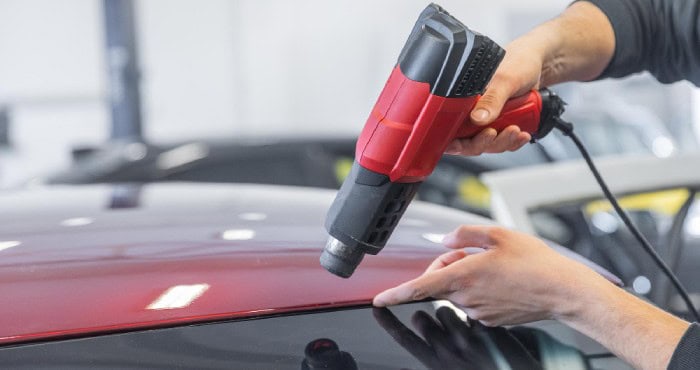
Tools and Techniques
The process of PDR involves the use of specialized PDR tools, including metal rods and body picks, to gently push out the dents from the inside of the body panel. In some cases, specially designed tabs may be used to pull the dents from the outside.
The technique requires precision and patience, as the affected area is slowly massaged back into its original shape. Skilled PDR technicians in Idaho often use a light board which throws light on the dents, enhancing visibility and accuracy during the process.
History and Development of PDR
The technique of Paintless Dent Repair was first developed in the mid-20th century, primarily in manufacturing assembly lines where it was used to rectify minor flaws without damaging the vehicle’s original paint. In the 1980s, PDR gained popularity within the broader auto repair industry.
The method has since evolved and improved over time, with the advent of more sophisticated tools and comprehensive training programs for technicians. Today, PDR is widely accepted as a standard in the auto repair industry and is used globally.
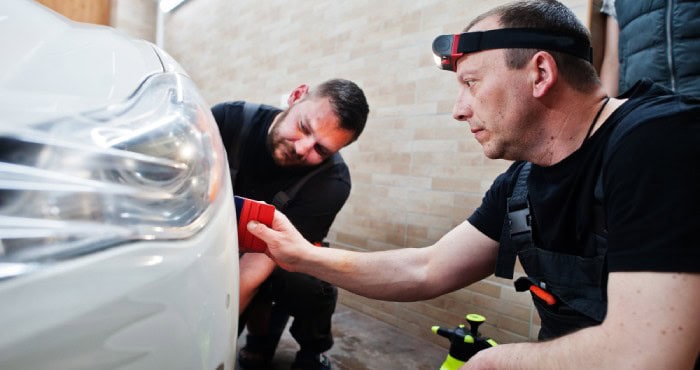
Advantages of Paintless Dent Repair
- Cost-Effectiveness: One of the more significant advantages of PDR is its cost-effectiveness. Traditional dent repair methods often involve costly filler materials and repainting, or expensive panel replacements. However, because PDR does not require these materials, it’s generally cheaper.
- Time Efficiency: PDR is also significantly faster than traditional repair methods. A PDR procedure can often be completed within a few hours, while traditional methods could take days or even weeks due to the time needed for filling, sanding, and repainting.
- Preservation of Original Paint: PDR services Boise is the best way to maintain the original factory paint of your vehicle. This preservation not only maintains the aesthetic appeal of the car but also helps to retain its resale value. Original paint is also likely to last longer than aftermarket paint jobs that might fade or peel over time.
- Environmental Benefits: Lastly, PDR is an environmentally-friendly option for auto body repair. Traditional methods involve the use of chemicals like paint and solvents, which can be harmful to the environment. However, since PDR does not use any of these components, it is considered a greener repair method.
Paintless Dent Repair Techniques in Idaho
Paintless Dent Repair (PDR) has revolutionized the dent repair sector in Idaho. Thanks to its minimalistic approach, vehicle owners can now have dents removed without worrying about damaging the original paintwork or enduring long repair times.
In PDR, skilled technicians use specialized tools to gently massage dents from the inside of the body panel, restoring it to its original form without the need for fillers or paint. PDR preserves the vehicle’s original finish, making it ideal for both minor dents and hail damage repair Garden city.
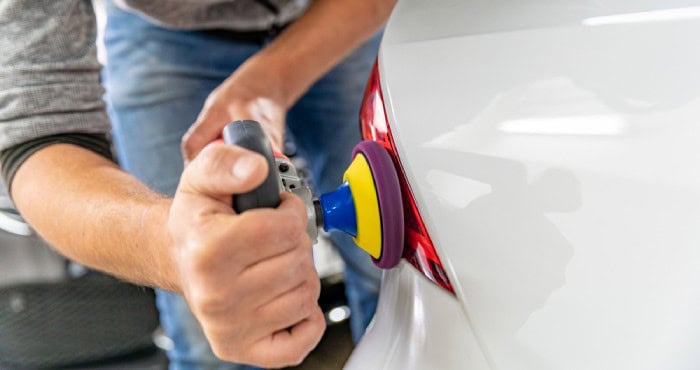
In Idaho, PDR has gained widespread acceptance, with numerous auto repair shops offering the service. This popularity is due to the numerous benefits the technique presents over traditional methods. These include cost-effectiveness, time-efficiency, maintaining the original paint job and, ultimately, preserving the vehicle’s value.
The evolution of dent repair techniques, particularly in Idaho, has come a long way. From labor-intensive and time-consuming traditional methods to the more efficient and less invasive Paintless Dent Repair technique, the journey portrays a progressive strive towards better service delivery in the auto body repair industry. As technology continues to advance, we can only expect more innovative solutions in the future.

